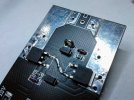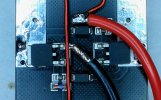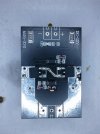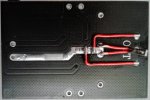Hi everyone,
I'm currently planning an IH build powered from USB-PD. I ordered most of the parts I will need, but I wondered if you could provide me with insights if anyone did something similar.
I was also wondering if it's possible to separate the coil from the zvs board.
I have just realized that I don't have a glass tube.
I'm currently planning an IH build powered from USB-PD. I ordered most of the parts I will need, but I wondered if you could provide me with insights if anyone did something similar.
- Power : USB-C Power Delivery. Since it can do 100W, it might work, of course, depending on the power source.
- StepDown 12V : 24V to 12V 10A
- Mini-ZVS
I was also wondering if it's possible to separate the coil from the zvs board.
I have just realized that I don't have a glass tube.








